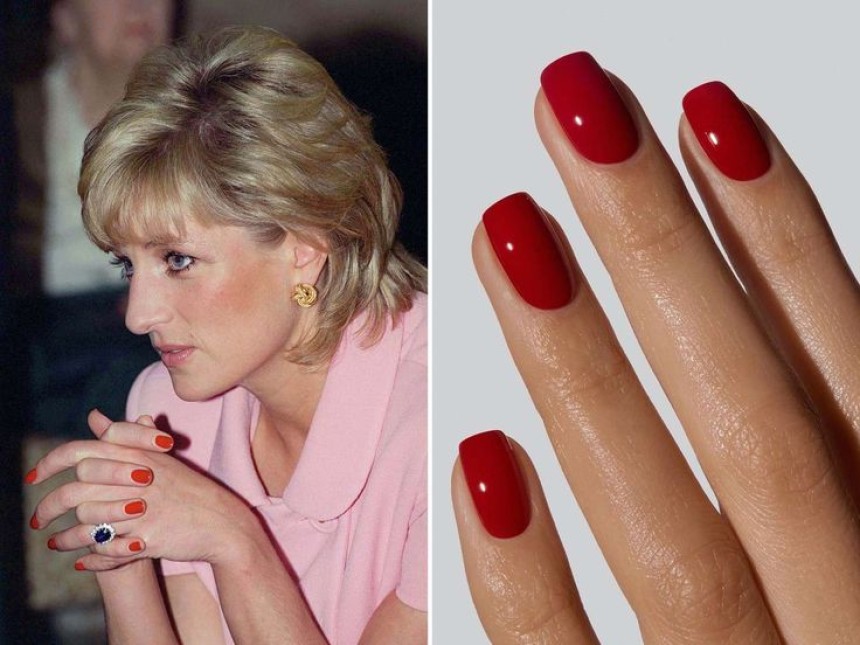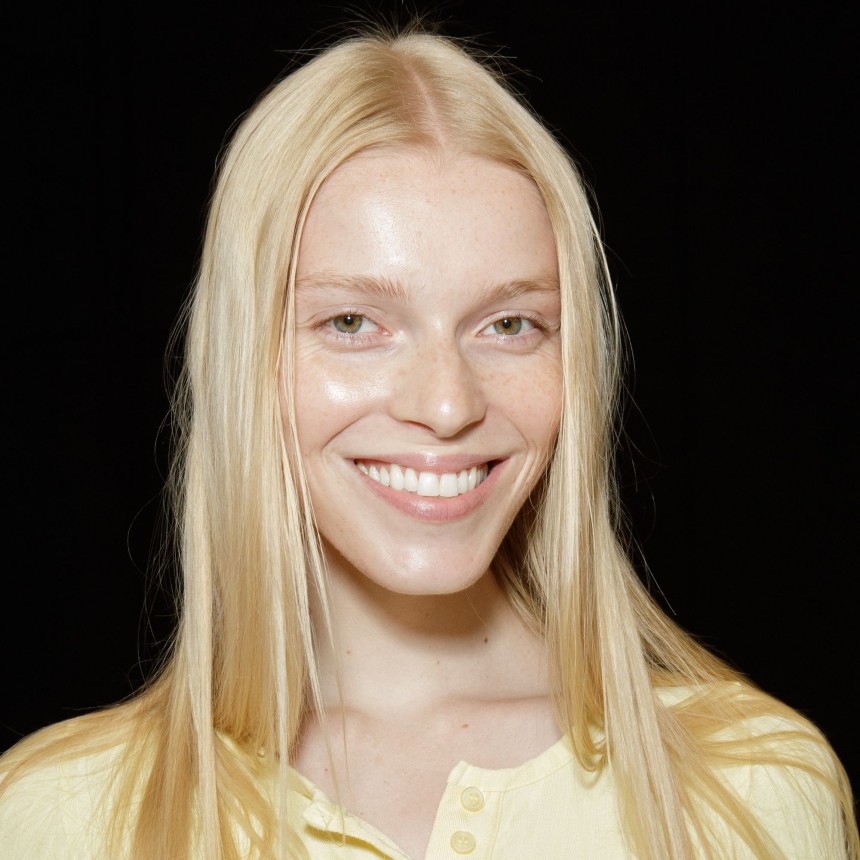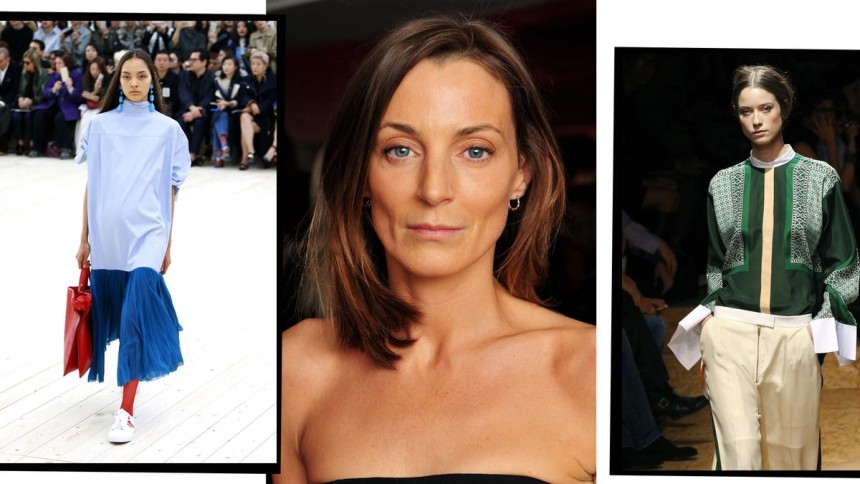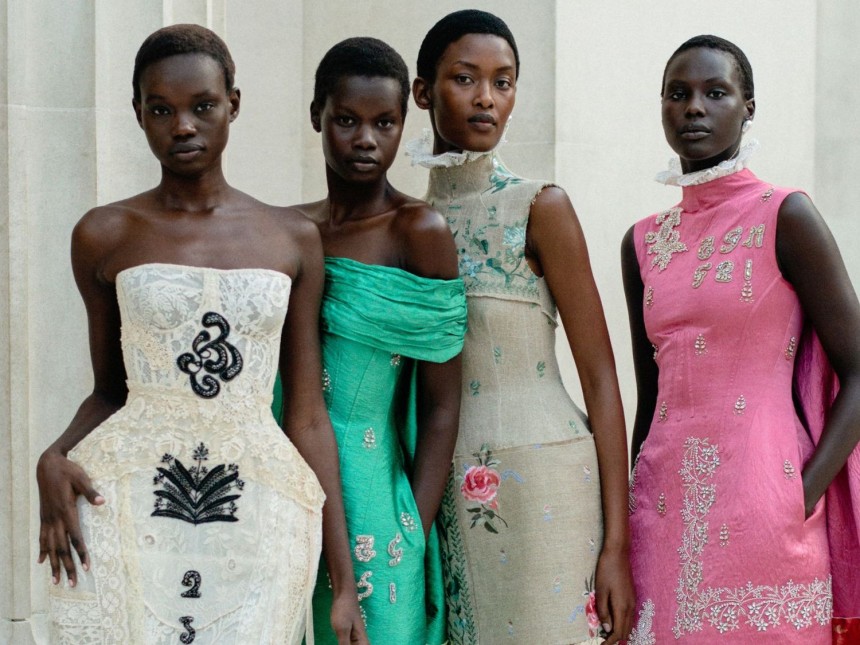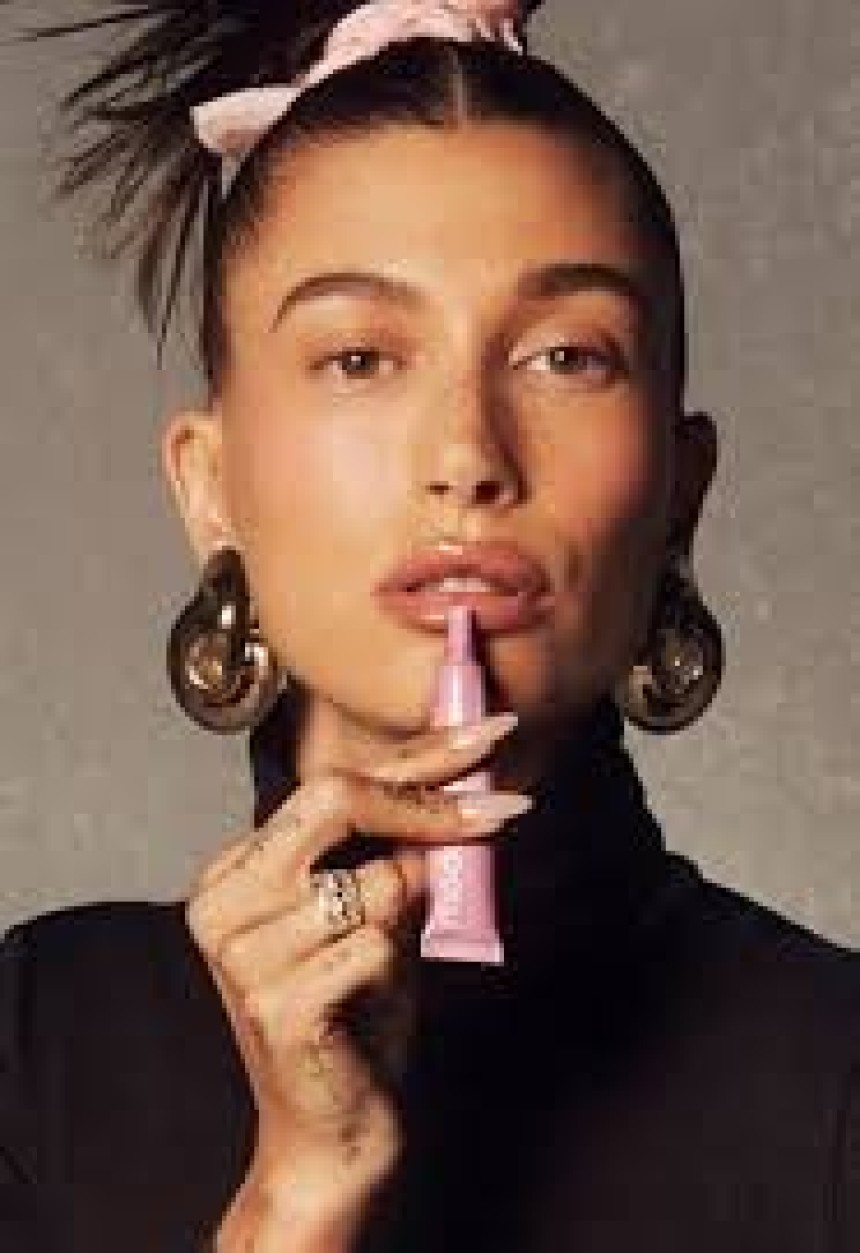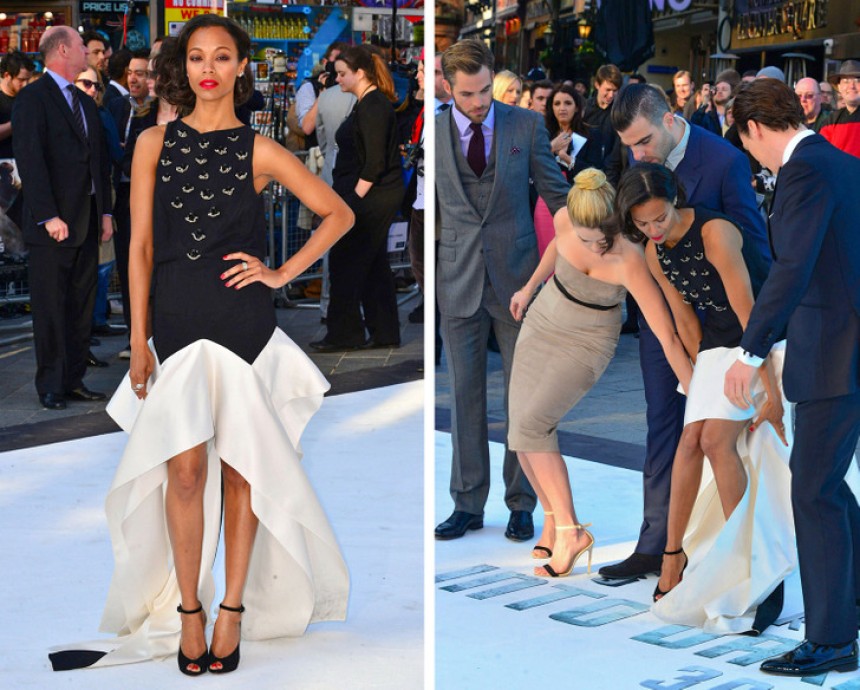
Celebrities Need to Slow Down on the Outfit Changes
It seems like every time you blink, a celebrity has switched into another outfit. Last week, Anya Taylor-Joy was spotted in New York City promoting her upcoming film The Gorge, and in just one day, she cycled through five different looks. From a striking Alexander McQueen shearling coat to a chic mod-inspired Celine skirt suit and a leather Loewe trapeze jacket, the rapid transformations made it almost impossible to keep up.

And she’s not alone. Lately, stars like Keke Palmer, Blake Lively, and Sydney Sweeney have been making headlines for their endless wardrobe changes. Award shows have taken this trend to another level—at the Grammys, artists like Doechii and Chappell Roan swapped outfits multiple times, each look making a statement. Doechii stunned in four custom Thom Browne designs, while Roan went from an archival Jean Paul Gaultier couture piece to a custom Thom Browne rodeo-inspired ensemble.
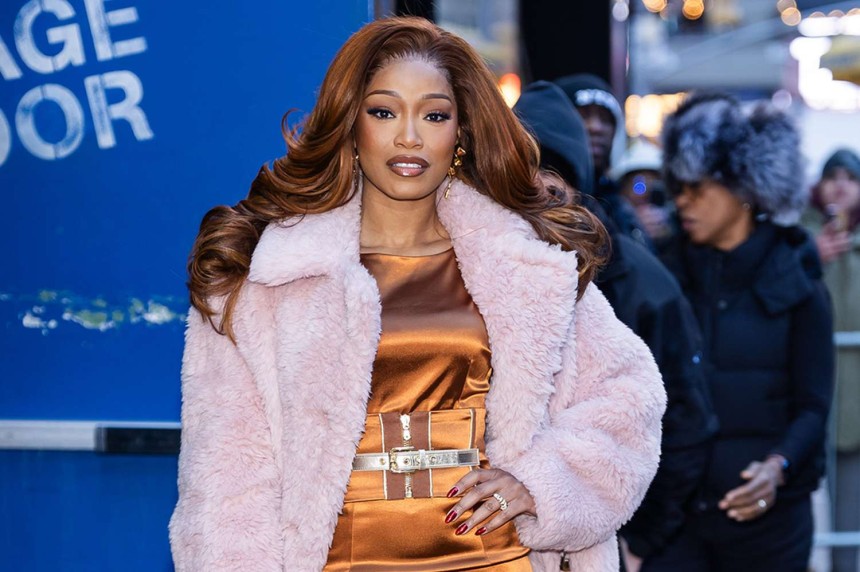
So, what’s driving this whirlwind of wardrobe changes? The reasoning is pretty clear—celebrities on press tours have packed schedules, often filming multiple interviews, appearances, and segments in a single day. Changing outfits creates the illusion of more time, making it seem as though they’re effortlessly juggling their commitments rather than cramming them into a few chaotic hours.
On the red carpet, multiple looks serve as power plays. A well-planned outfit change can tell a story, establish status, or make a lasting fashion statement. For emerging artists like Doechii and Roan, the Grammys provided the perfect stage to showcase their bold styles and prove they belong in the industry’s upper echelons.
But despite the glamour, this relentless cycle of changing outfits may actually be diminishing fashion’s impact. A single, well-thought-out look can create an unforgettable moment, yet when outfits are worn for mere minutes, they lose significance. Think of the time, effort, and craftsmanship that go into sourcing, designing, and tailoring these garments—only for them to be discarded after a brief appearance.
Beyond fashion, this obsession with constant newness reflects a broader cultural shift. We’ve become addicted to instant gratification and an endless stream of content. However, this rapid consumption is neither sustainable nor necessary. The environmental impact, the labor required, and the sheer waste of time all point to the need for a different approach.
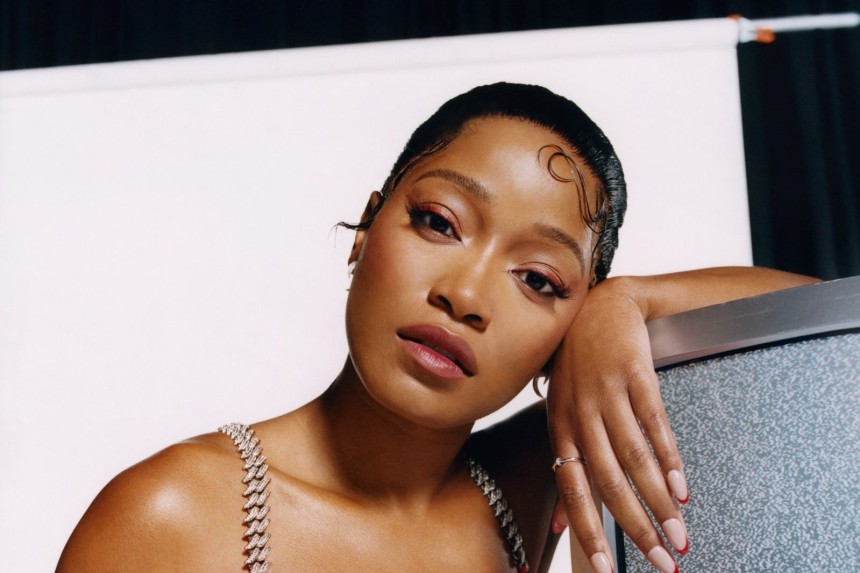
Instead of focusing on quantity, celebrities and stylists would do well to embrace quality. A single standout look can leave a lasting impression—without the need for a dozen quick changes. At the end of the day, there’s something to be said for making one fashion moment count rather than treating outfits like disposable accessories.

